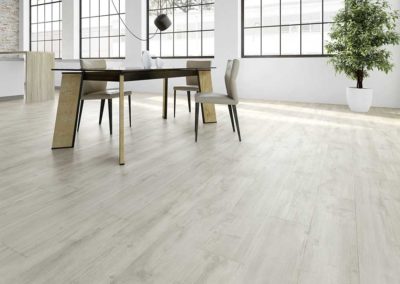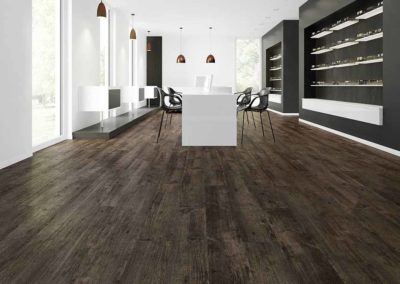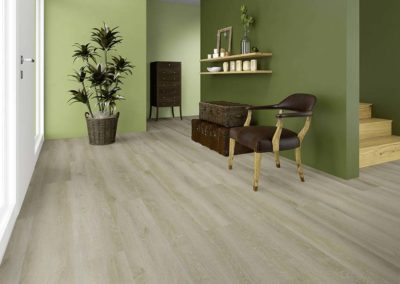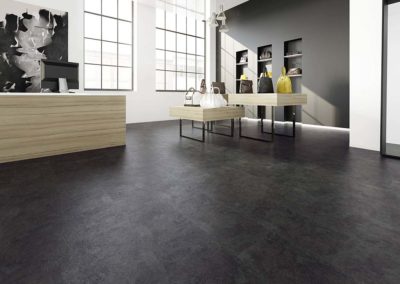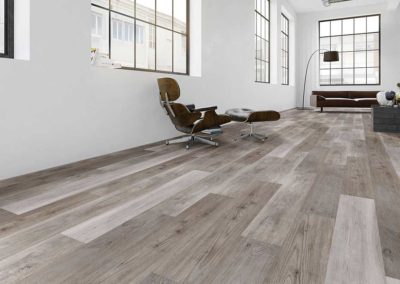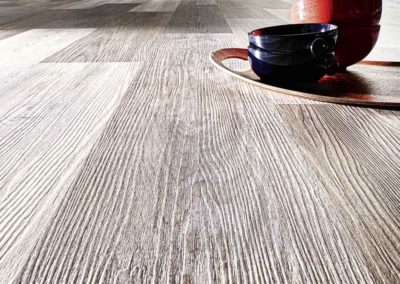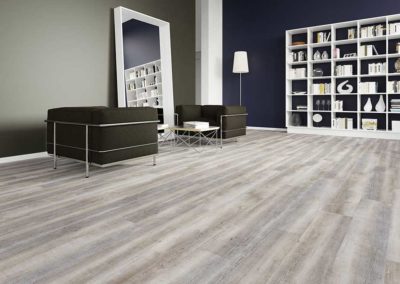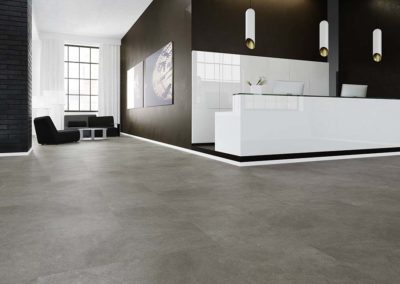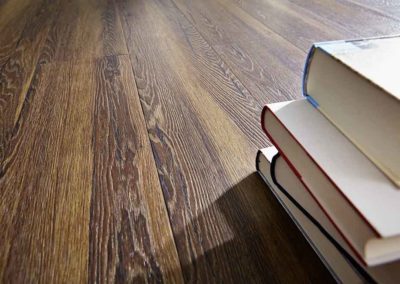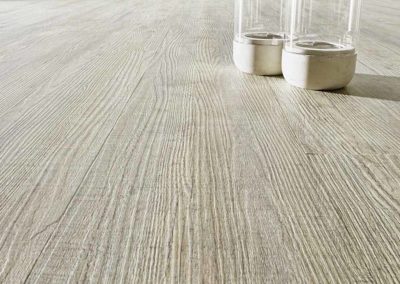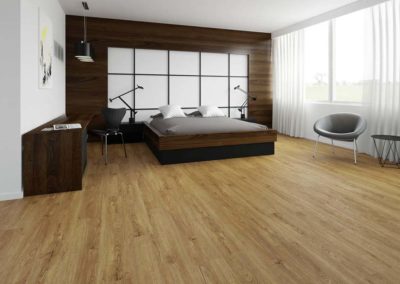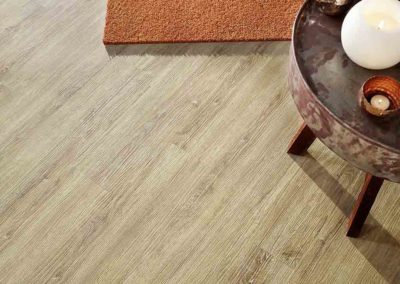Vinyl flooring - functionality meets design - the design floor
Vinyl on the rise - Why vinyl flooring is competing with parquet
Why is vinyl flooring so popular? Due to its unbeatable price-performance ratio, it is very popular with Austrians and also looks deceptively similar to classic parquet or tiled flooring! Another plus point is that it is very easy to clean and moisture-resistant. When you buy a branded product from INKU, Forbo or ProjectFloors the durability and indestructibility of the floor is guaranteed. Of course, the floor must be professionally bonded directly to the previously levelled screed in order to achieve optimum results. Floating installation is also suitable for the "do-it-yourself" craftsman.
A wide range of vinyl and design floors
The new generation of vinyl flooring, also known as design flooring, impresses with its ingenious surface structures and beautiful wood and natural stone looks. New to the range are the leather-look stone-effect tiles, which you can touch, marvel at and take home with you as samples in the showroom. Hard-wearing vinyl flooring has been very popular for several years now and continues to grow in popularity. This floor covering remains unbeaten in terms of functionality.
Our range includes more than 350 different vinyl and design floors from the largest manufacturers. If you don't want to install your new vinyl floor yourself, we also offer an installation service from our professionals.
FAQ - Frequently asked questions about vinyl flooring
What is the difference between laminate and vinyl?
Laminate is a hard floor covering. It has a carrier board made of wood, which is covered by a decorative layer and synthetic resin. Vinyl is made of plastic and is therefore a resilient floor covering. This makes vinyl not only softer and warmer than wood, but also more resistant to moisture. Due to its nature, vinyl flooring is also considered to be very quiet.
Which vinyl floor is good?
The type of floor should be adapted to the intended use of the room. Depending on whether it is a damp room, a private home or an industrial facility, the so-called wear classes are categorised. The classes consist of the abbreviation NK for utilisation class and two numbers. The first number stands for the area of use (2 for commercial and 3 for private households), the second for the durability of the flooring from 1 to 3 (1 for 'low', 3 for 'high')
What does a good vinyl floor cost?
Vinyl flooring requires a subfloor that is as smooth as possible so that the material can mould to it. If this requirement is met, the cost of a square metre of vinyl flooring starts at around €10 and is open-ended. Installation costs an additional €10 to €20 per square metre.
How long does a vinyl floor last?
The service life of the floor covering depends on many factors such as care and wear. In general, however, it can be assumed to have a service life of around 20 years.
Which is better: PVC or vinyl flooring?
In fact, both resilient floor coverings are made of the same material, polyvinyl chloride, also known as PVC for short. Rolled PVC flooring is called PVC and the rectangular planks, which are usually laid using the click method, are called vinyl.
What thickness should vinyl flooring have?
The thickness of the floor depends on the thickness of the wear layer. Commercially available vinyl flooring is available in the following thicknesses: 0.2 mm, 0.3 mm, 0.55 mm and 0.7 mm. A thickness of 0.2 or 0.3 mm is completely sufficient in rooms with low wear and tear, such as bedrooms or studies. A thickness of 0.55 mm is recommended for heavier loads, such as in kitchens or bathrooms. A thickness of 0.7 mm is used for flooring with a very high wear layer, such as heavy use or high customer frequency.
Customer testimonials
.


